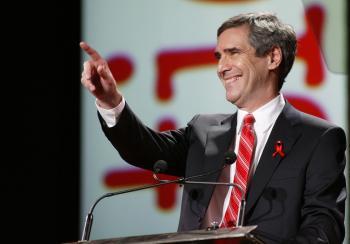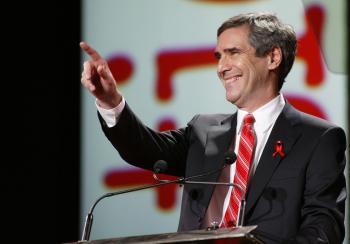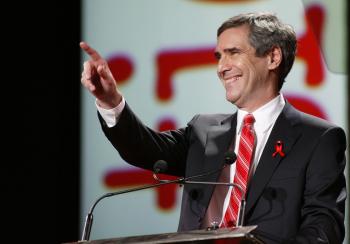As we prepare to ring in 2010, The Epoch Times takes a look back at 10 of the top news stories that characterized 2009 across Canada.
Stories that Mattered in Canada in 2009
As we prepare to ring in 2010, The Epoch Times takes a look back at the top news stories that characterized 2009.

When Liberal Leader Michael Ignatieff vowed this fall to bring the Conservatives down just as the economy was starting to look up, pollsters found that Canadians weren't having any of it. David Boily/AFP/Getty Images
|Updated:






